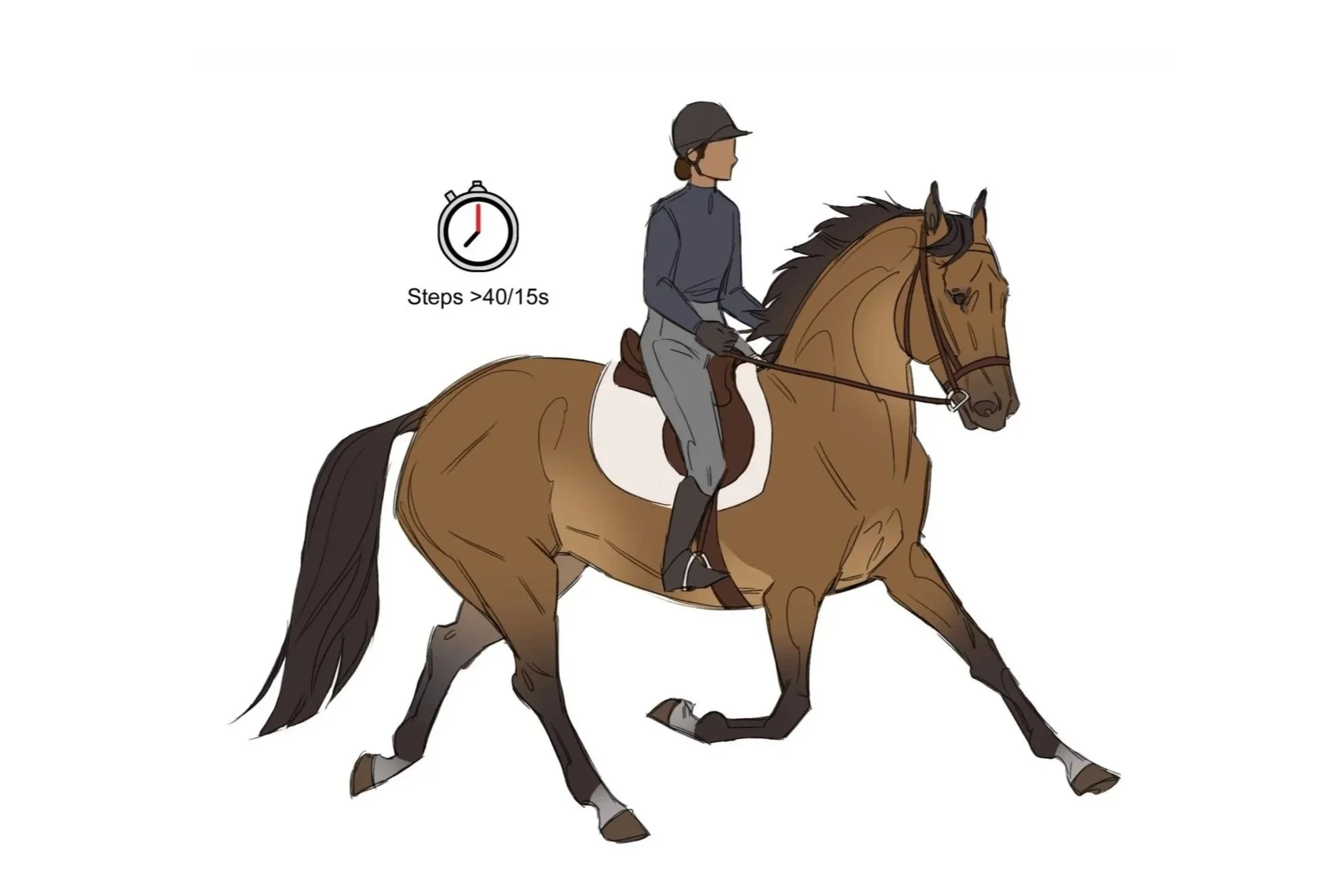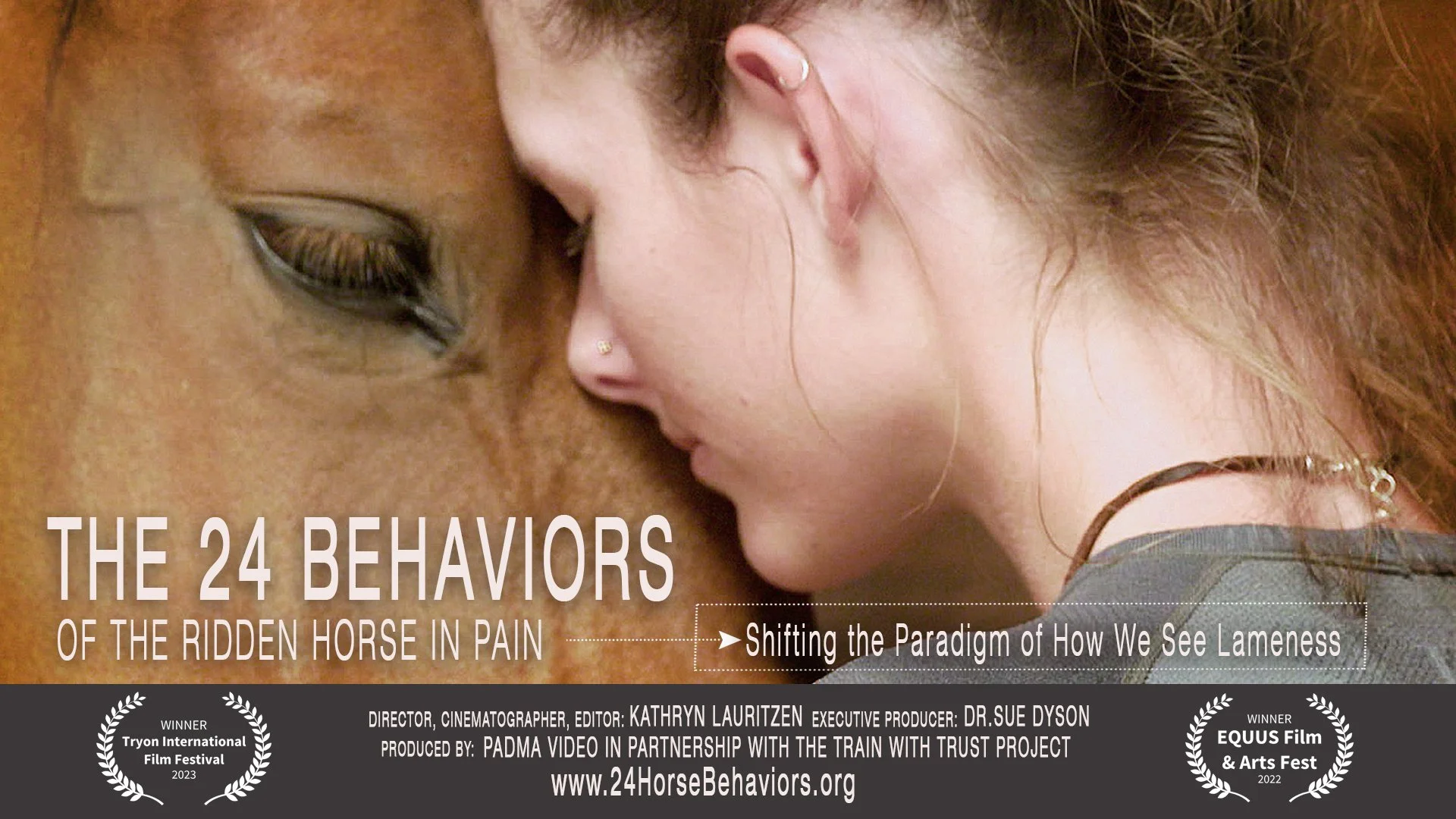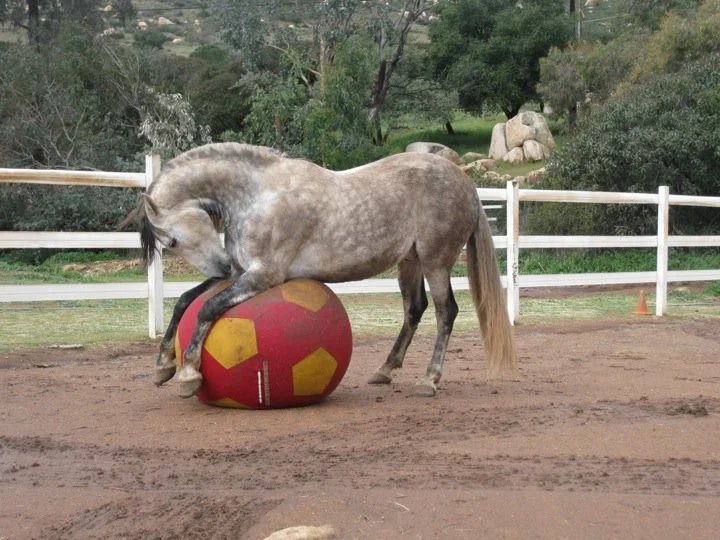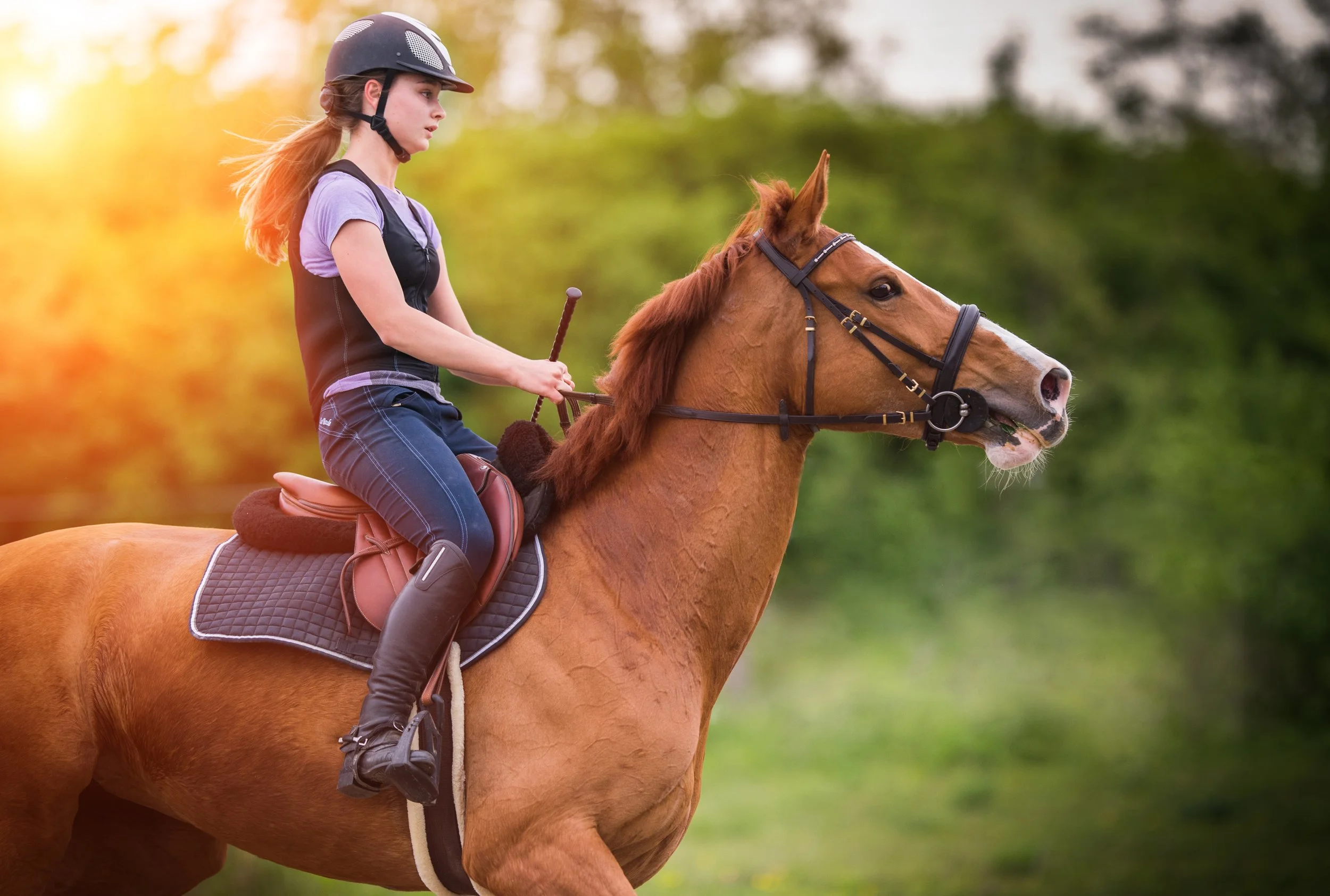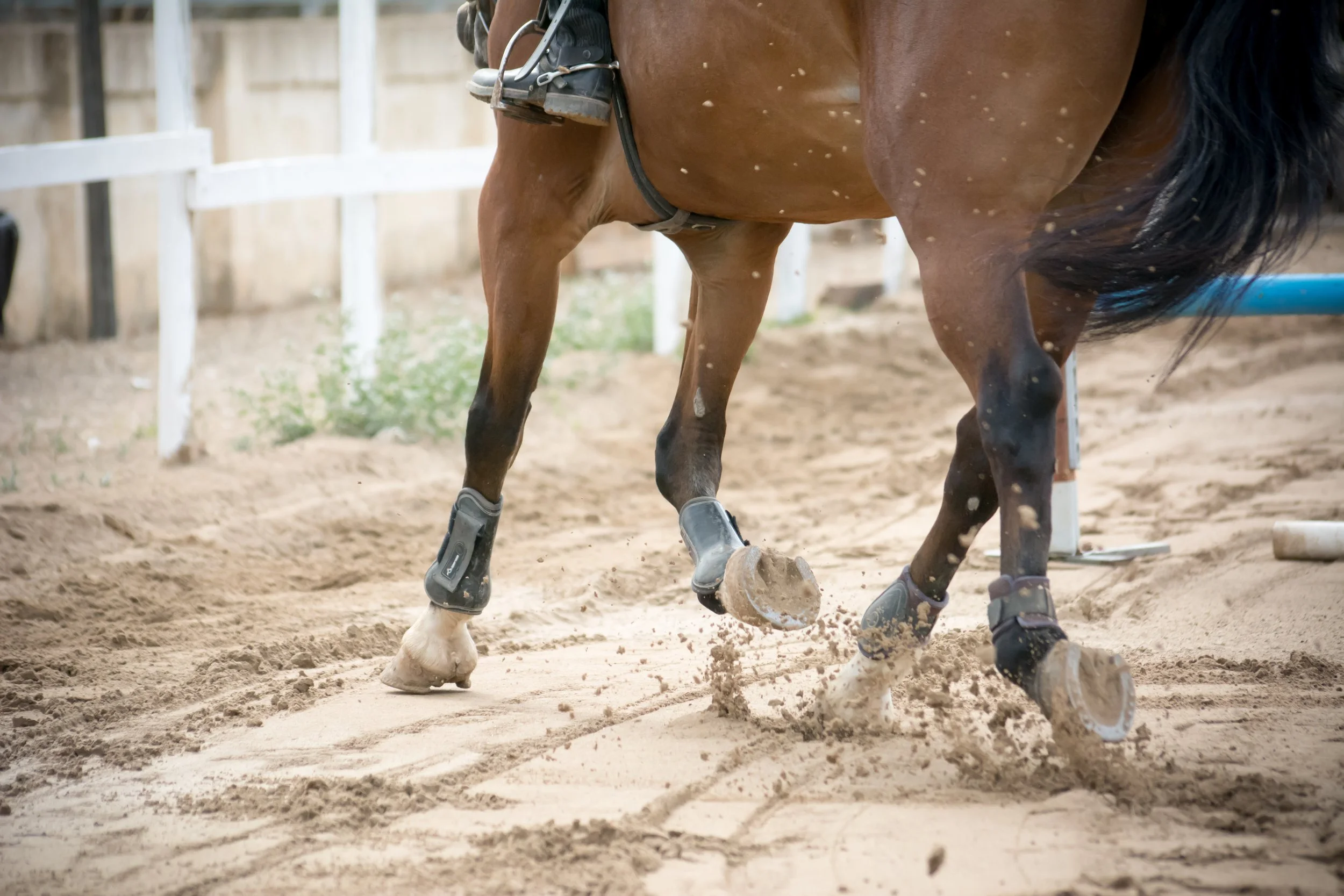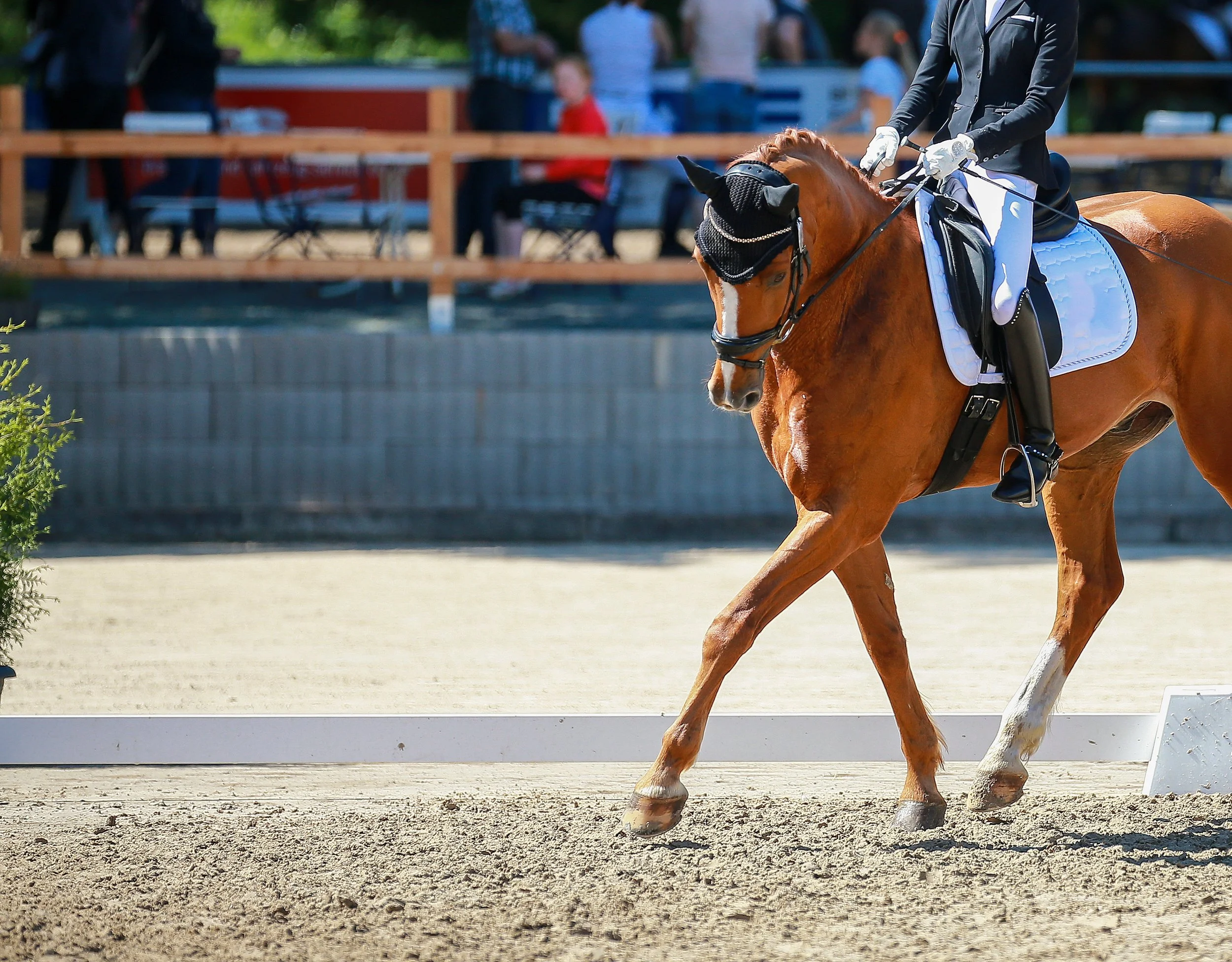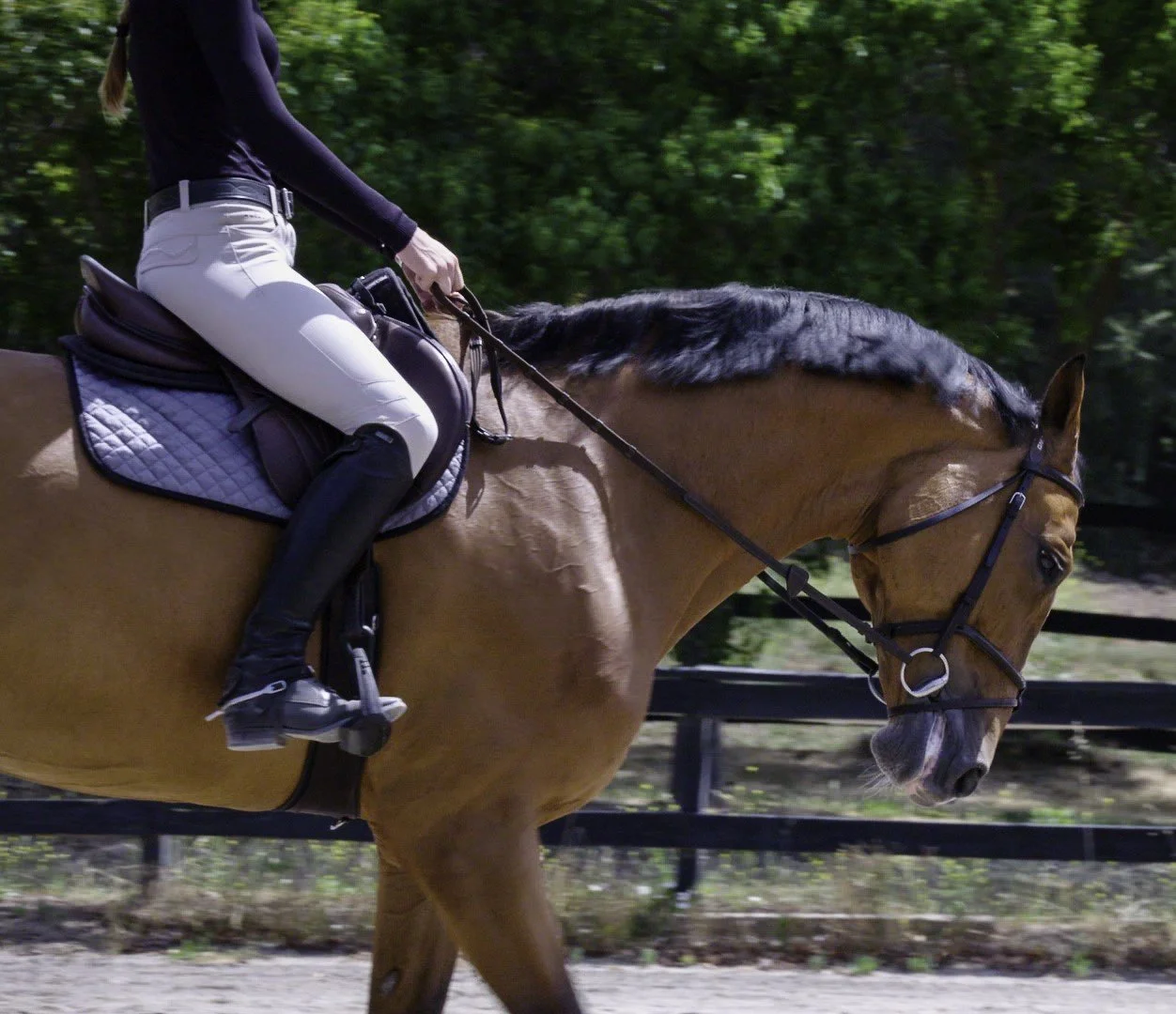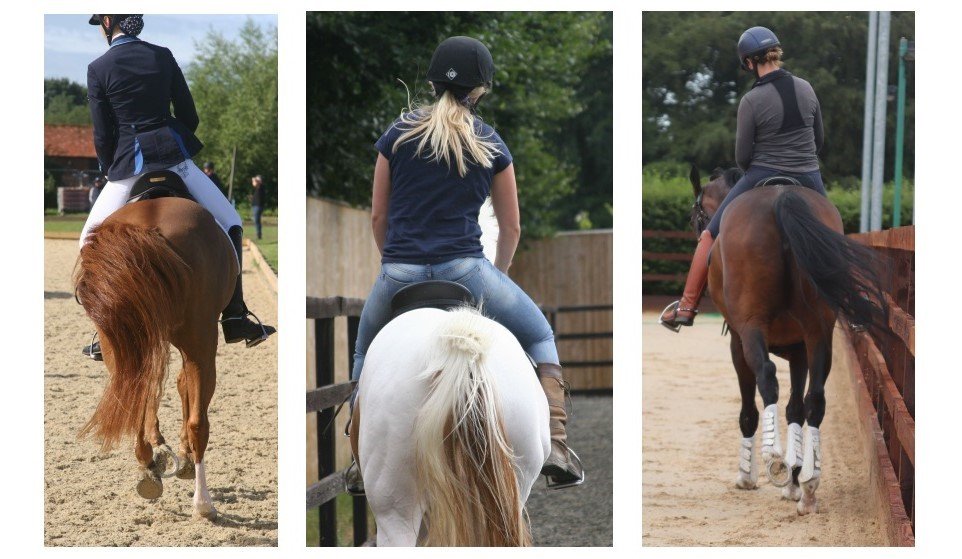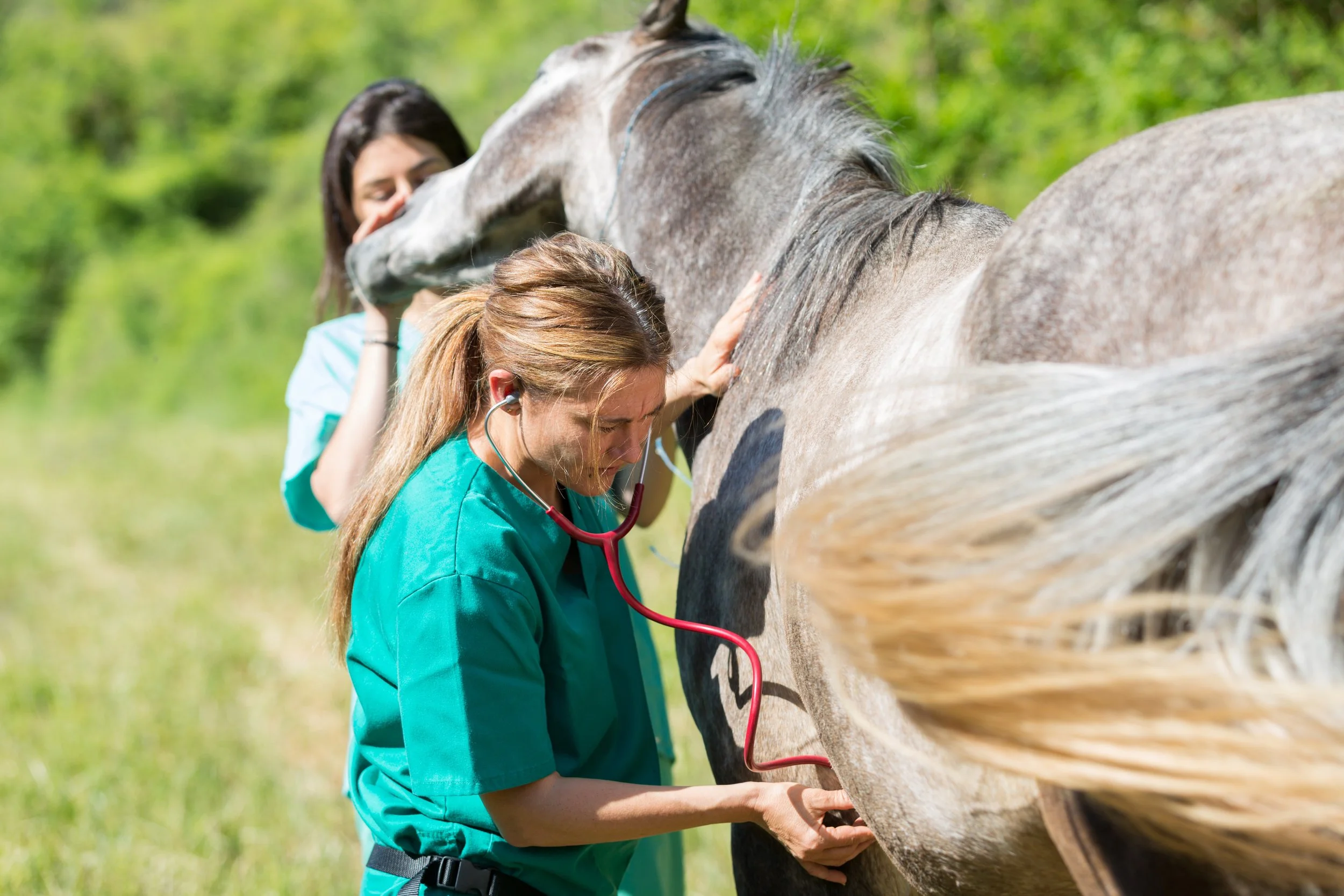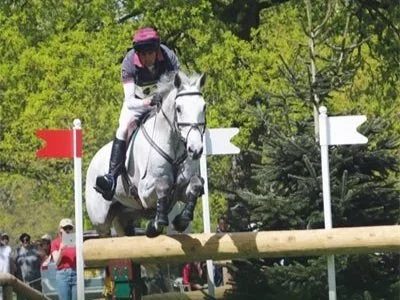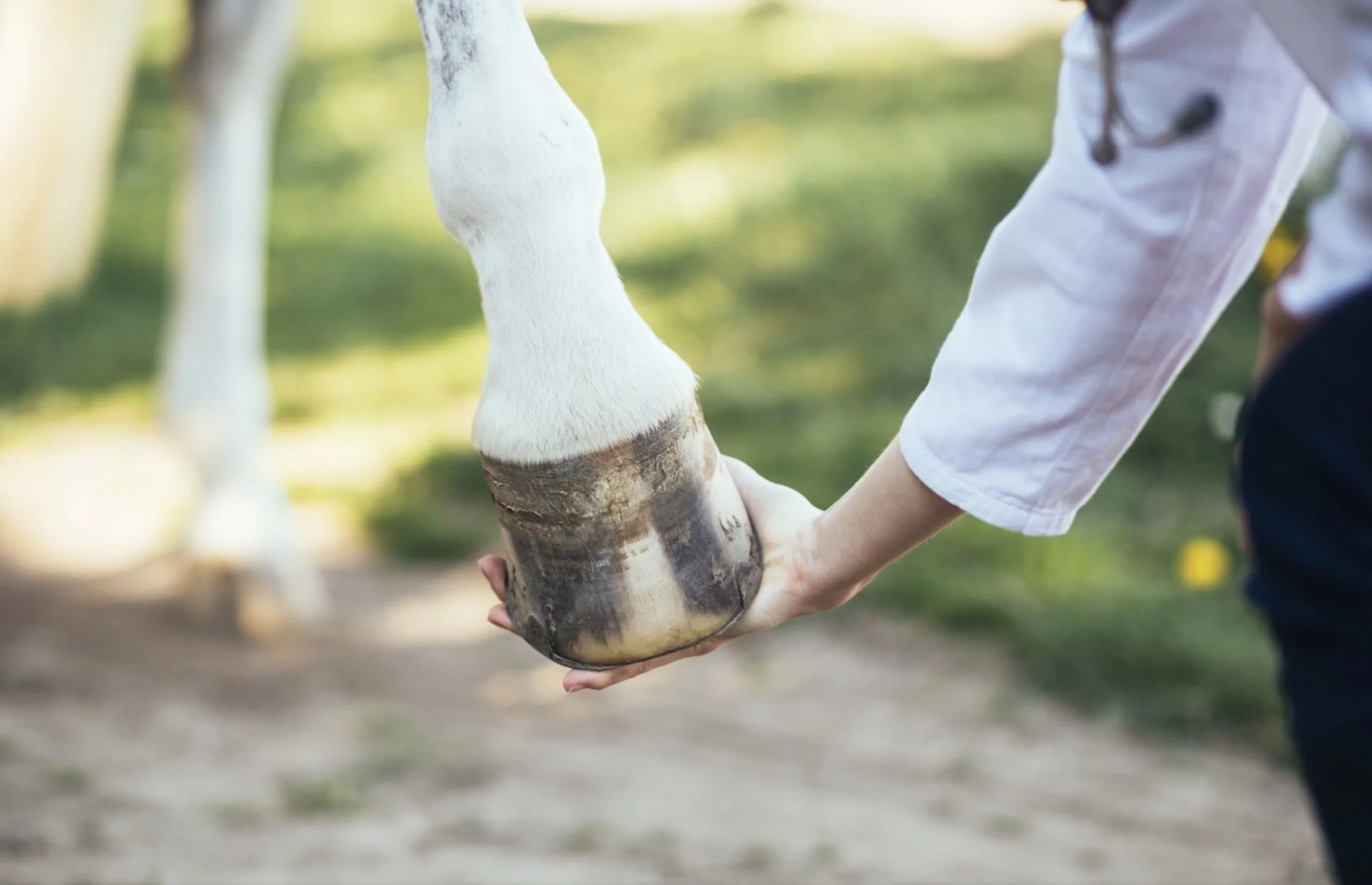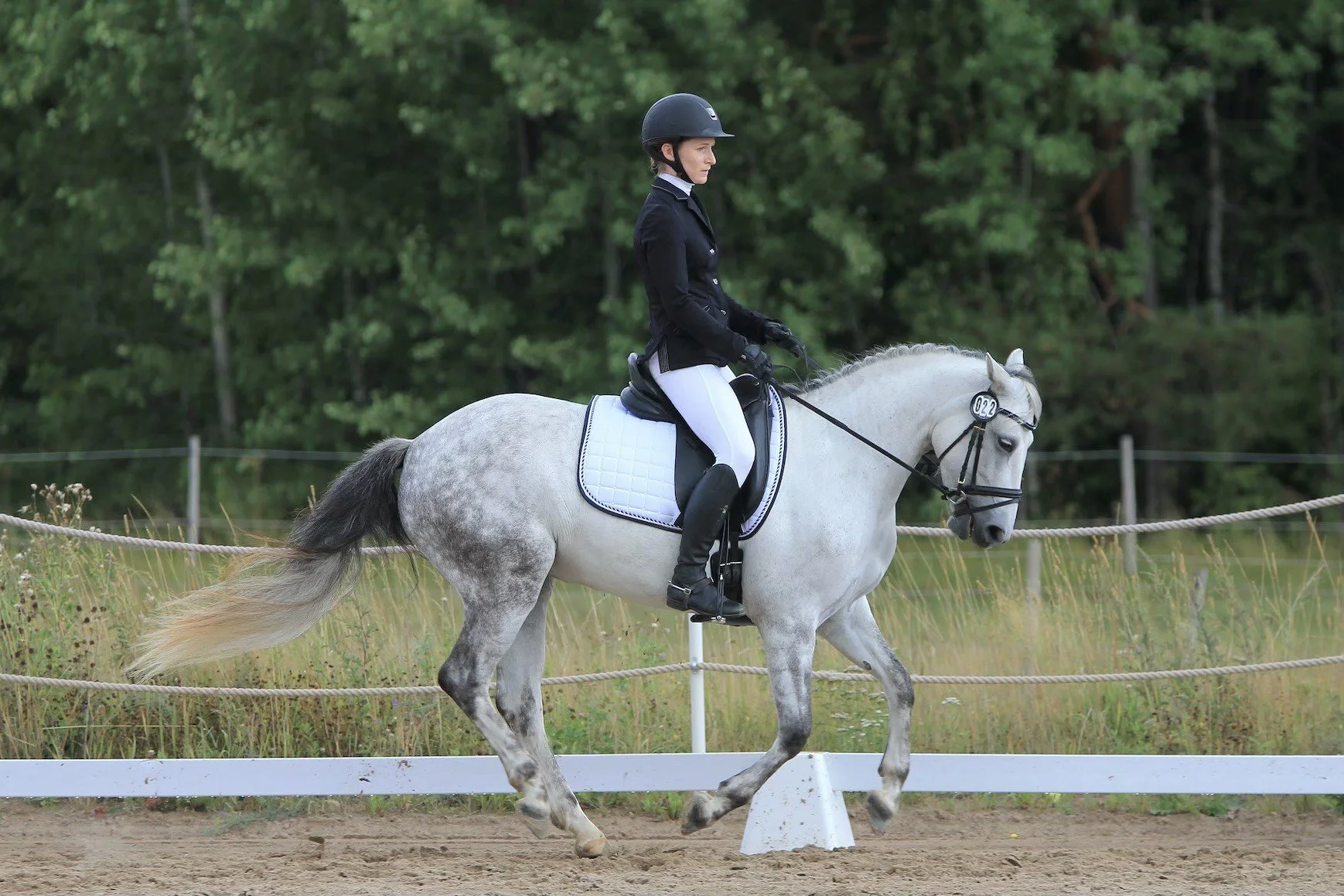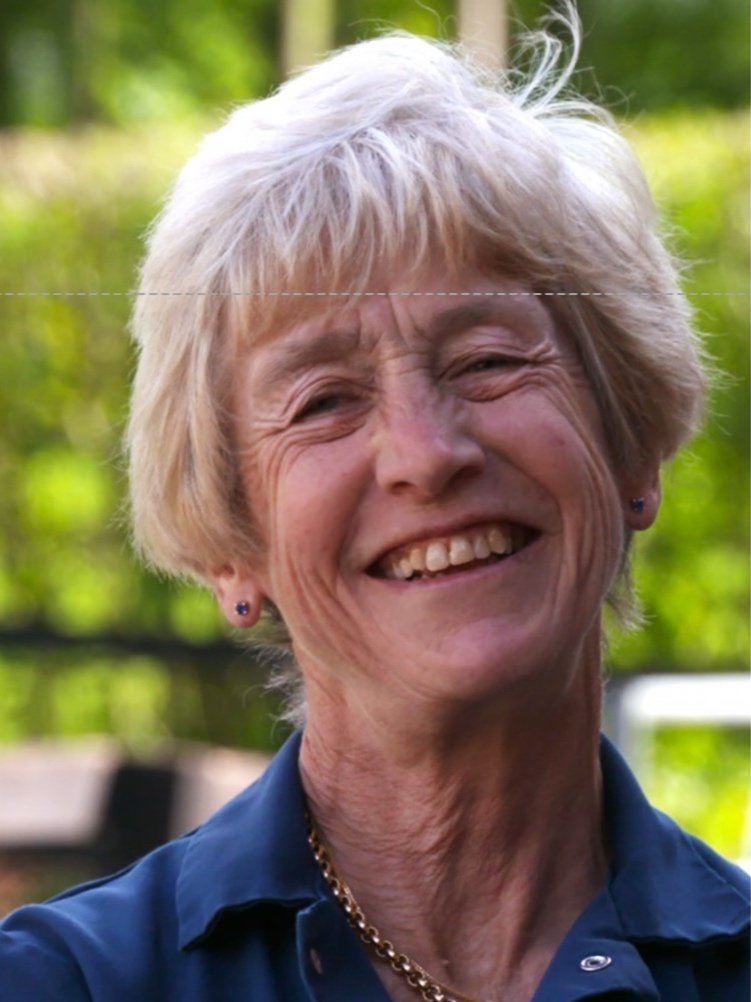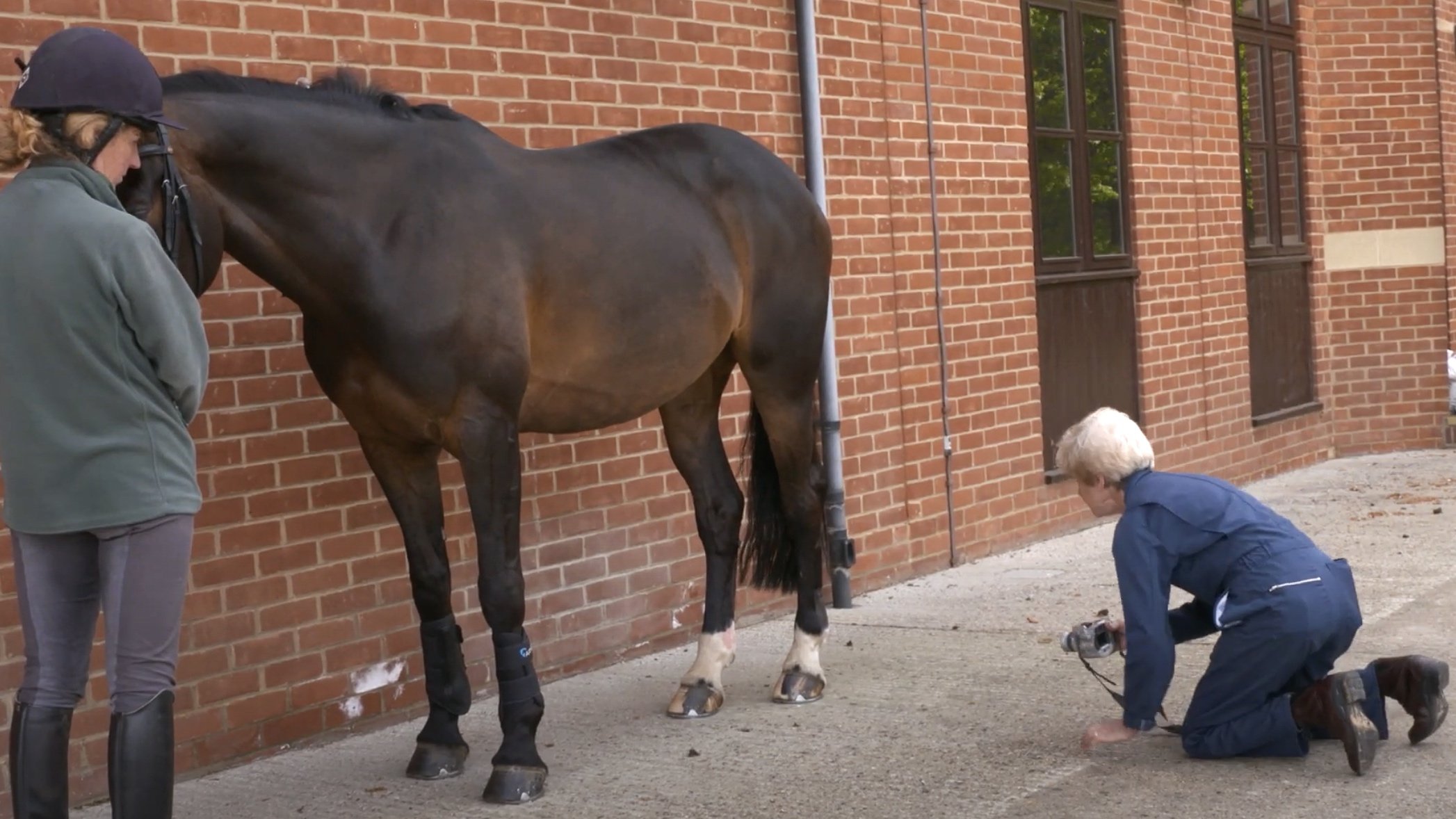
“The question we asked was: can we determine, by looking at facial expressions and other behaviors, whether the horse has musculoskeletal pain?”
– Dr. Sue Dyson
New Educational Series available!
from horses inside out & Dr. Sue Dyson
15% off with Code: TWTBBOM
A new 7-part documentary series from Horses Inside Out - The Bare Bones of the Matter- features Dr. Sue Dyson and other equestrian experts helping horse owners deepen their understanding of their horses while raising awareness about their comfort, movement, welfare, and the best practices for maintaining the highest standards in the equine world.
Using the skeleton of Freddie Fox, the original star of Horses Inside Out, equine anatomy and biomechanics specialist Gillian Higgins shares his story alongside special guests, including world leaders in their fields, many of whom were part of the multidisciplinary team that cared for Freddie during his life.
Dr. Dyson’s episode (Chapter 3 – Healthy Bones) premieres on 8th October. We are thrilled to offer Train with Trust Project followers a special 15% discount.
Buy Full Series for £95
Purchase Chapters for £25
15% off with code TWTBBOM
new conversations with Dr. sue Dyson
Horses and the Science of Harmony
“We wanted everyone, from the pony clubber to the Olympic athlete to learn
new information. For instance, many people don’t realize that smell is probably the horse’s
strongest sense or that horses routinely hear sound frequencies that we cannot hear.”
The Train with Trust Project is a proud promotional partner for a new full length feature film “Horses and the Science of Harmony”. The film examines the nature of harmony between horse and rider through the eyes of 3-day event rider Bubby Upton and through the lens of cutting-edge science.
Produced by UK-based equine performance specialist Dr. Sue Dyson and US-based Kathryn Lauritzen of Padma Video, the film can be seen on YouTube and on Smart TV platforms: Apple TV, Amazon Fire, ROKU, LG, Samsung, as well as on-line via Equus Television Network.
Horses and The Science of Harmony is available, free to view, as of Friday October 25, 2024.
24HorseBehaviors.org is operated by the 501(c)(3) nonprofit Train with Trust Project (EIN 88-0844535). Please consider a donation today to help us keep animal behavior education free and accessible for everyone.
Together, we can make the world a better place for horses.
The 24 Behaviors of the Ridden Horse in Pain: Shifting the Paradigm of How We See Lameness.
The 24 Behaviors of the Ridden Horse in Pain is an award winning film, produced by Padma Video in partnership with the Train with Trust Project that dares to challenge the way we look at "badly behaving" horses, and promotes the notion that common behavioral signs of discomfort can serve as early indicators to address orthopedic problems before horses become lame.
Follow us on social media
Sign up to be notified whenever new educational content is released
Your email is safe with us! We will not share your information with anyone.
Dr. Sue Dyson is a world-renowned expert in equine orthopedics, with a focus on lameness and poor performance in sports horses. She lectures internationally and is known both for her clinical work and extensive research having published over 350 peer reviewed papers on lameness and diagnostic imaging in scientific journals. She’s also co-authored several veterinary textbooks as well as training and competing at top national level in both eventing and show jumping.
Dr. Sue Dyson
The Research:
Through a six-phase study, spanning three years, and over 400 horses, Dr. Sue Dyson and colleagues developed The Ridden Horse Pain Ethogram (RHpE). A tool to reliably predict lameness before the condition worsens into limping and other obvious signs of injuries. Click here to access a publications list and read peer reviewed articles.


